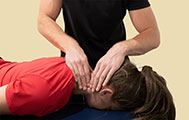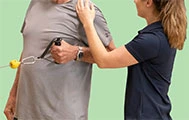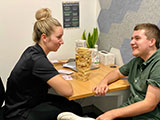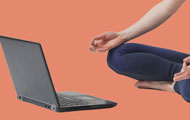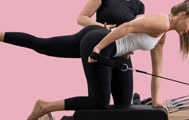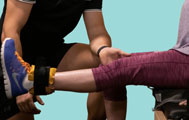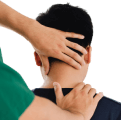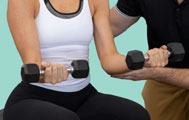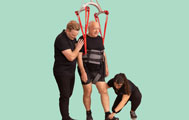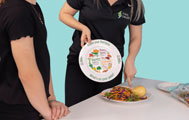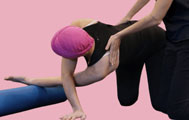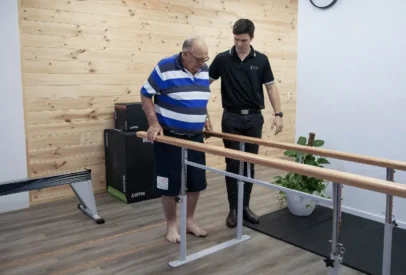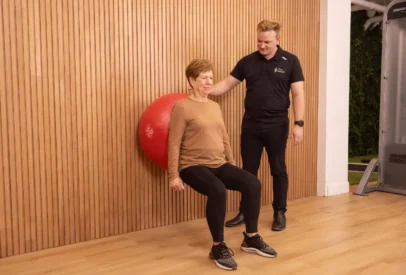Menopause, Bone Density & Strength Training: The uncanny triad
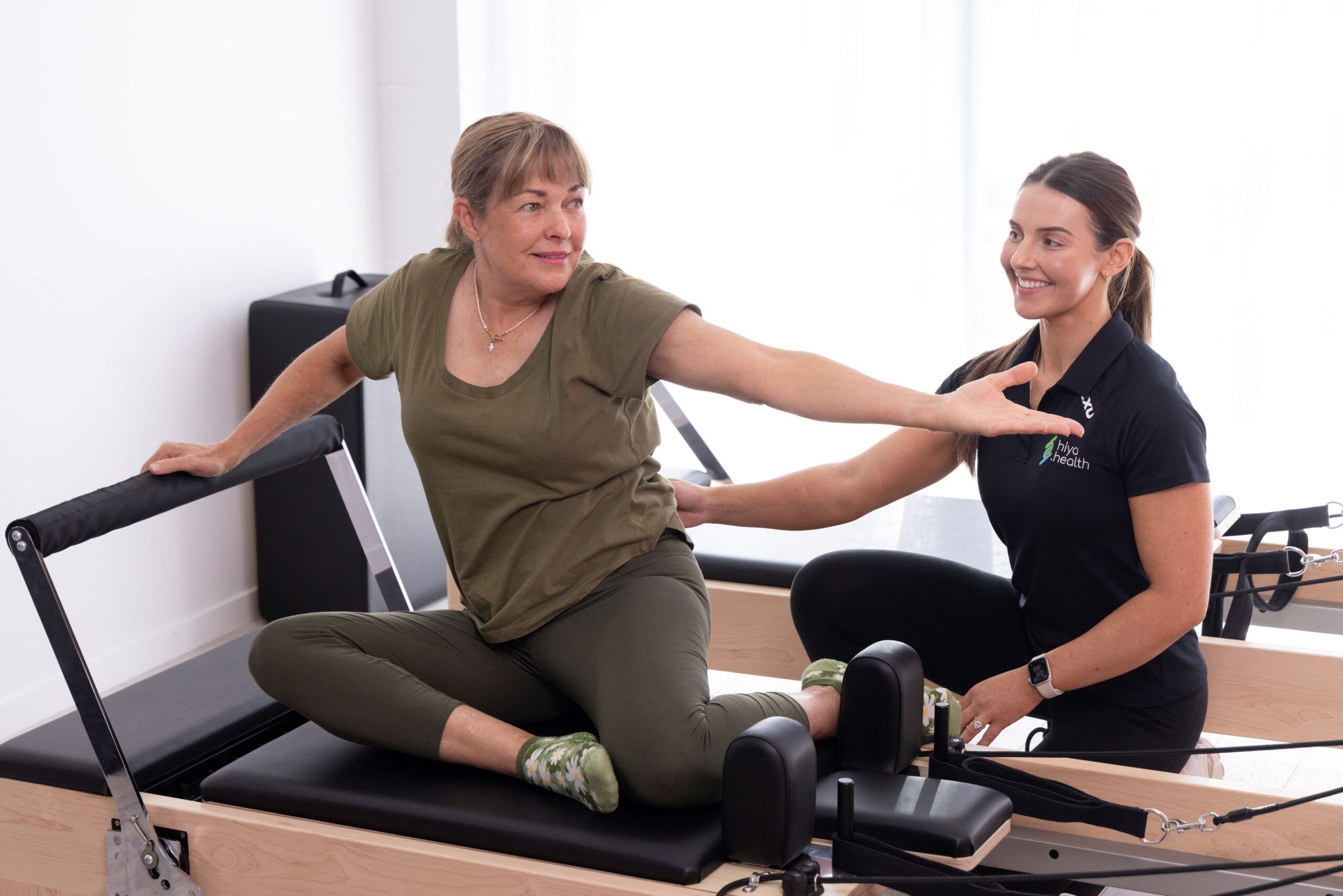
Osteoporosis and Osteopenia are common bone diseases and are defined by having low bone mineral density and reduced bone strength. Normal bone remodelling (change) serves to produce calcium to the bone and provide elasticity and strength to your skeleton. In older individuals, this remodelling process does not occur efficiently causing loss of bone leading to low bone density. Osteopenia describes a decrease in bone mineral density below normal ranges but not low enough to meet the diagnostic criteria for osteoporosis. Osteopenia has a t-score of between -1 to -2.5, while osteoporosis has a score less than -2.5.
It is a significant health problem affecting the older population and can subsequently put you at higher risk of getting fractures. A recent study showcased that 13 to 18% of women aged 50 years and older had osteoporosis and another 37 to 50% had osteopenia. Worldwide, approximately 200 million women will have osteoporosis. During menopause, there is less of the hormone estrogen produced which causes bone to not build at a high rate causing accelerated bone loss. Before menopause and continuing for 5 to 10 years after, the rate of bone loss is about 2% per year. After this period of bone loss, bone density decreases by 0.5% per year. On average by 80 years old, women have lost an average of 30% of their bone mass.
In addition to the normal ageing process and menopause, there are many other factors that cause loss of bone. Having a low body weight, low percentage of body fat or low body mass index increases the risk of low bone density.
How can Physiotherapy help?
All postmenopausal women should be assessed for their risk of osteoporosis and osteopenia. This can be done by consulting your medical practitioner through a bone density scan.
Maintaining bone density as you age is important to counteract the onset of osteoporosis/osteopenia. One of the main ways to increase bone density is through an active form of strength training. Multiple studies have shown the importance of regular weight bearing and muscle strengthening exercises in addition to balance in reducing bone loss and the risk of falls and subsequent fractures.
This can be done through a combination of strength training or reformer pilates. Reformer pilates allows you to perform a wide range of exercises that challenge your body to strengthen your muscles and improve your overall fitness! It also works on improving balance and flexibility through the body.
Tips and Self Help advice
Incorporating some lifestyle changes, including stress management, exercise, stretching, activity modifications, nutrition and sleep health are all important factors in managing symptoms.
For example, some strategies include:
- Deep breathing exercises to reduce stress
- Increased your daily step count
- Tai Chi or gentle yoga
- Hydrotherapy
Why Choose us?
With state-of-the-art facilities to provide care, experience working with people who have osteoporosis and encompassing a holistic approach to management that will benefit YOU and YOUR lifestyle, schedule an appointment with Hiya Health!
Author: Sophie Gunn, Physiotherapist
Book an appointment
References
Gopinath, V. (2023). Osteoporosis. The Medical Clinics of North America, 107(2), 213–225. https://doi.org/10.1016/j.mcna.2022.10.013
Khandelwal, S., & Lane, N. E. (2023). Osteoporosis. Endocrinology and Metabolism Clinics of North America, 52(2), 259–275. https://doi.org/10.1016/j.ecl.2022.10.009
Subscribe to e-news
Receive the latest health tips and news straight to your inbox
